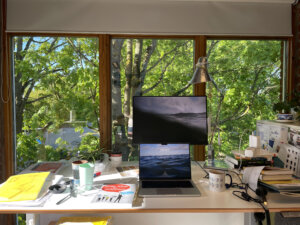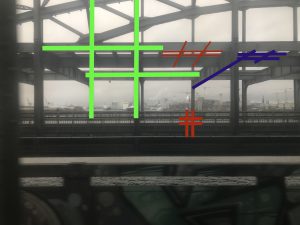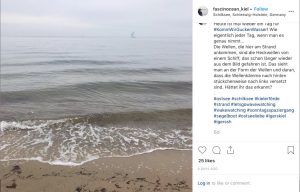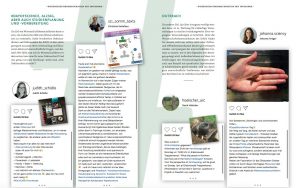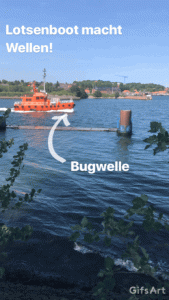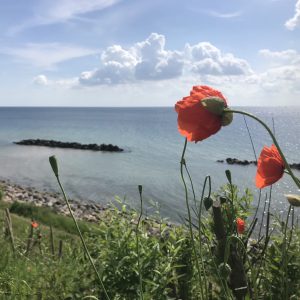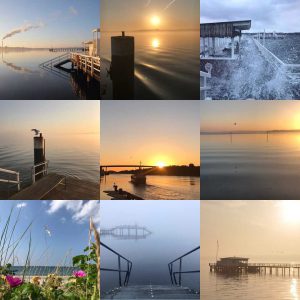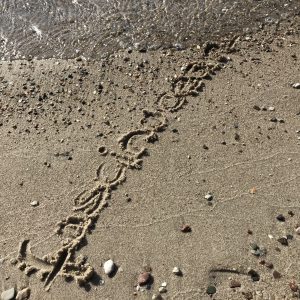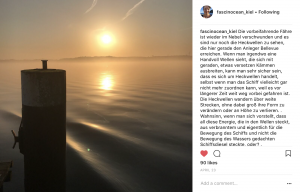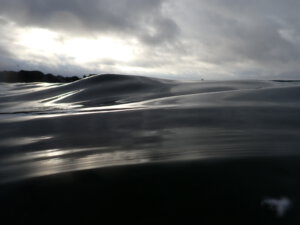
Does disclosing intention make it less likely that we act on it? No answer (yet), but a lot of reading…
Today I fell into this really weird rabbit hole on intentions and self-completion. My interest was first sparked by an article by Gollwitzer et al. (2009) on “When intentions go…
